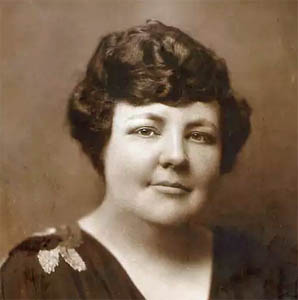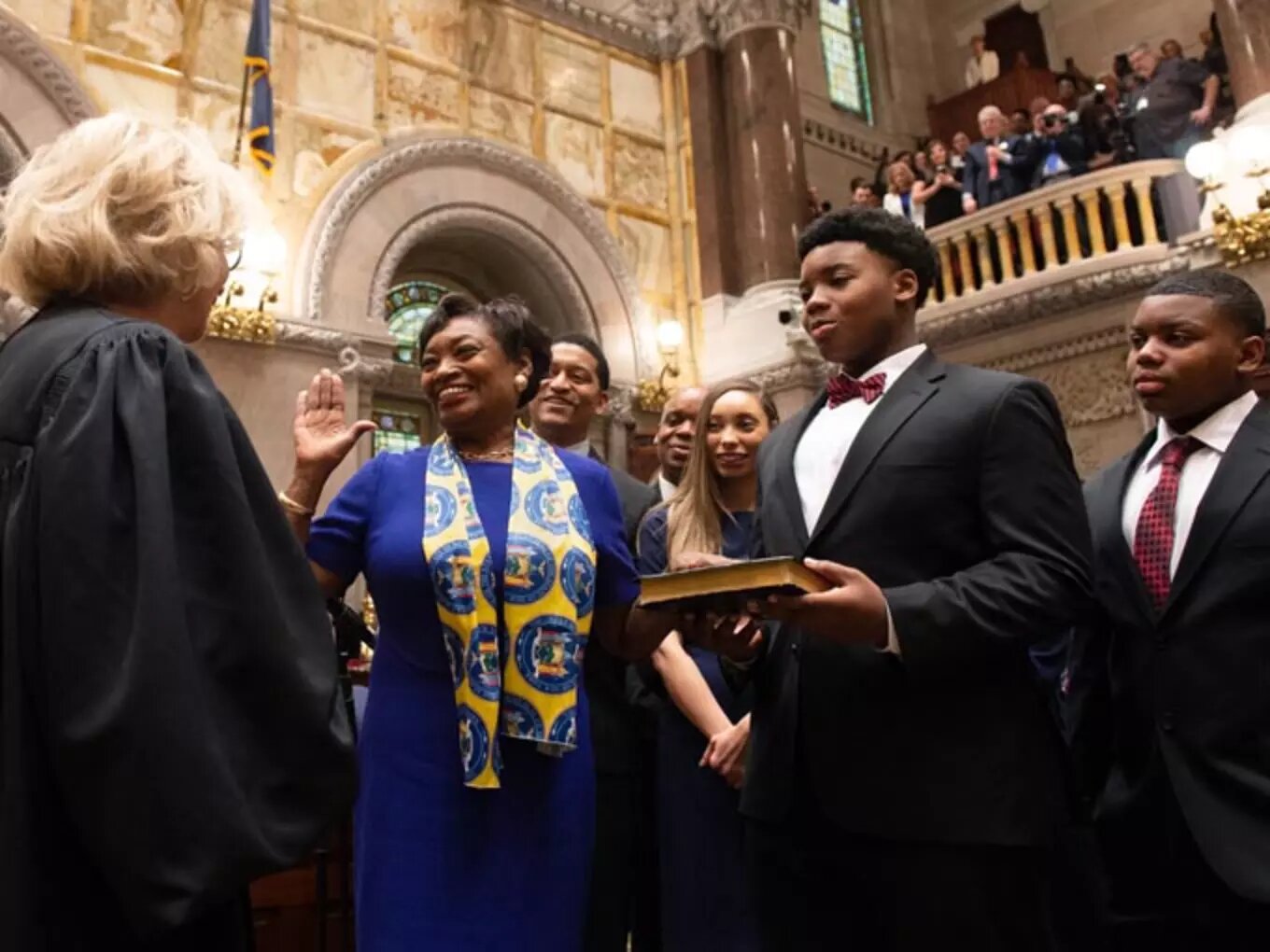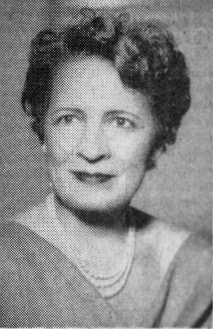By Dr. Laurie Kozakiewicz
August 10, 2021
This is part of a series of blog posts on women’s history and the long Progressive Era, honoring the legacy of the late Elisabeth Israels Perry. Perry served as SHGAPE President from 1998-2000 and had a long and distinguished career that highlighted women’s political activism in GAPE and in the “long Progressive Era” that stretched into the 1920s and 1930s. This blog series coincides with the July issue of the Journal of the Gilded Age and Progressive Era, which includes a roundtable (now available to subscribers online) on Perry’s After the Vote: Feminist Politics in La Guardia’s New York (2019). Read the other posts in the series here and find the CFP here.
As a graduate student in the early 2000s I was drawn to women’s history and the Progressive Era. I am forever grateful to scholars like Elisabeth Israels Perry whose work showed that women’s activism in the Progressive Era often rested on a separate, gendered cultural foundation. Their activities influenced politics despite women’s exclusion from formal political and governmental institutions. These scholars broadened the definition of politics which set the stage for people like me to study the intersection of two very different political foundations. Perry’s essay for the initial issue of the Journal of the Gilded Age and Progressive Era in 2002 summed things up nicely. “Men are from the Gilded Age, Women are from the Progressive Era” stipulated that up through the Gilded Age, political history had been mostly about men exercising power. That changed in the Progressive Era when women’s reform impulse challenged that male hegemony.

Perry admitted women’s efforts before suffrage were at the margins of standard politics. With the biography of her grandmother, Belle Moskowitz, Perry took the important step of studying how, in the immediate post-suffrage world, one woman tried to breach that separatism and achieve political power within that system. Moskowitz had a career in reform long before becoming part of Governor Al Smith’s administration in New York. She carried the persistent influence of that gendered pre-suffrage political identity with her into the world of politics proper. Moskowitz’s vision of what was possible politically for her in the 1920s could not be separated from her pre-suffrage experiences. In many ways Moskowitz’s attitude was a microcosm of how the public saw women in relation to politics. In Perry’s preface to the book she completed as she was in her final illness, on the women who served in the La Guardia administration in New York City in the 1930s and 1940s, she points to real accomplishments for women even as she admits there were constraints holding them back.[1] Most insightfully, she saw those constraints coming both from the actions of men trying to avoid sharing power with women and from the women themselves. In the latter case, the women wrestled with how to mesh a political identity built on a different foundation from men with positions in an institutional culture created by men on men’s terms.

Perry showed the lingering effect of different expectations and standards in women’s own mind and in the culture more broadly as women like Moskowitz entered partisan politics. My research takes a longer view of electoral politics in New York after suffrage, in that I study the women elected to the State Legislature between 1919 and 1992. I expected key elements of women’s gendered political culture to affect the early women candidates for office, and they did. What surprised me was how persistent some of the differences and challenges have proven to be. Women running for and serving in office up through the middle of the twentieth century (and some would say beyond) have been influenced by and made decisions because of this unique history. What follows are several examples of what I mean.
Partisanship Dilemma
Men had built a political system based largely on partisanship, shorthand for loyalty to one’s party and its leaders. While the majority of men had no issue with this, many women in the Progressive Era thought of politics differently. Nineteenth century women could not join parties. Their political development stemmed from an expanded vision of community caretaking, such that much of women’s activism represented their commitment to a better, more moral society made possible through government action. They were nonpartisan for reform. Progressive Era women shared this somewhat utopian vision with male reformers in New York who also wanted more action on issues. I think where many women differed from men was they found it harder to accept a political party as the vessel for change, particularly either of the two major parties. Men were more likely than women to accede to political parties as a necessary means to their reform ends. For example, during the 1916 presidential election, Frances Kellor, lawyer, sociologist and veteran of the 1912 Progressive Party, organized a campaign train for presidential candidate and former New York State Governor Charles Evans Hughes that involved only women. Kellor’s train was strictly nonpartisan. Speakers on the train could not mention Hughes’ party affiliation and were restricted to talking about only Hughes’ reform record. Mention of local candidates and their parties was also forbidden. The train was a failure, even in the view of most women. Afterward, Kellor grudgingly admitted the necessity of parties even as she berated party leaders for demanding a “hide bound loyalty” from the rank and file. This kind of ambivalence about partisanship made it harder for women politicians in the 1920s, 1930s, and even 1940s.

Women’s apparent unreliable devotion to a political party reinforced men’s skepticism about women’s suitability for politics. Party leaders became comfortable with keeping the number of women in elective office small. Between 1919 and 1964 only nineteen women were elected to New York’s legislature, all but two of them to the lower chamber, the State Assembly. Women were themselves reluctant to enroll in parties, thereby diminishing a natural constituency for the woman candidate. Perry noted that the Woman’s City Club of New York, an example of women’s active reformism before suffrage, debated but could not bring itself to embrace partisanship in the 1920s. Women officeholders who showed too much fealty to party leaders in their voting records or who took support from the party in recognition of service were criticized for sacrificing a woman’s purity for partisan gain. The first two women elected to the legislature, Democrat Mary Lilly and Republican Ida Sammis, each served just one term in 1919. New York’s women had won the vote in 1917 through a referendum. Sammis was criticized for being under the thumb of party leaders, while Lilly received withering newspaper criticism during her unsuccessful reelection campaign for accepting a separate patronage job that seemed like a double dipping of salary. Even now, women in politics are more likely to be criticized for embracing their ambition too openly, a lingering remnant of a time when political ambition was something only men should have.
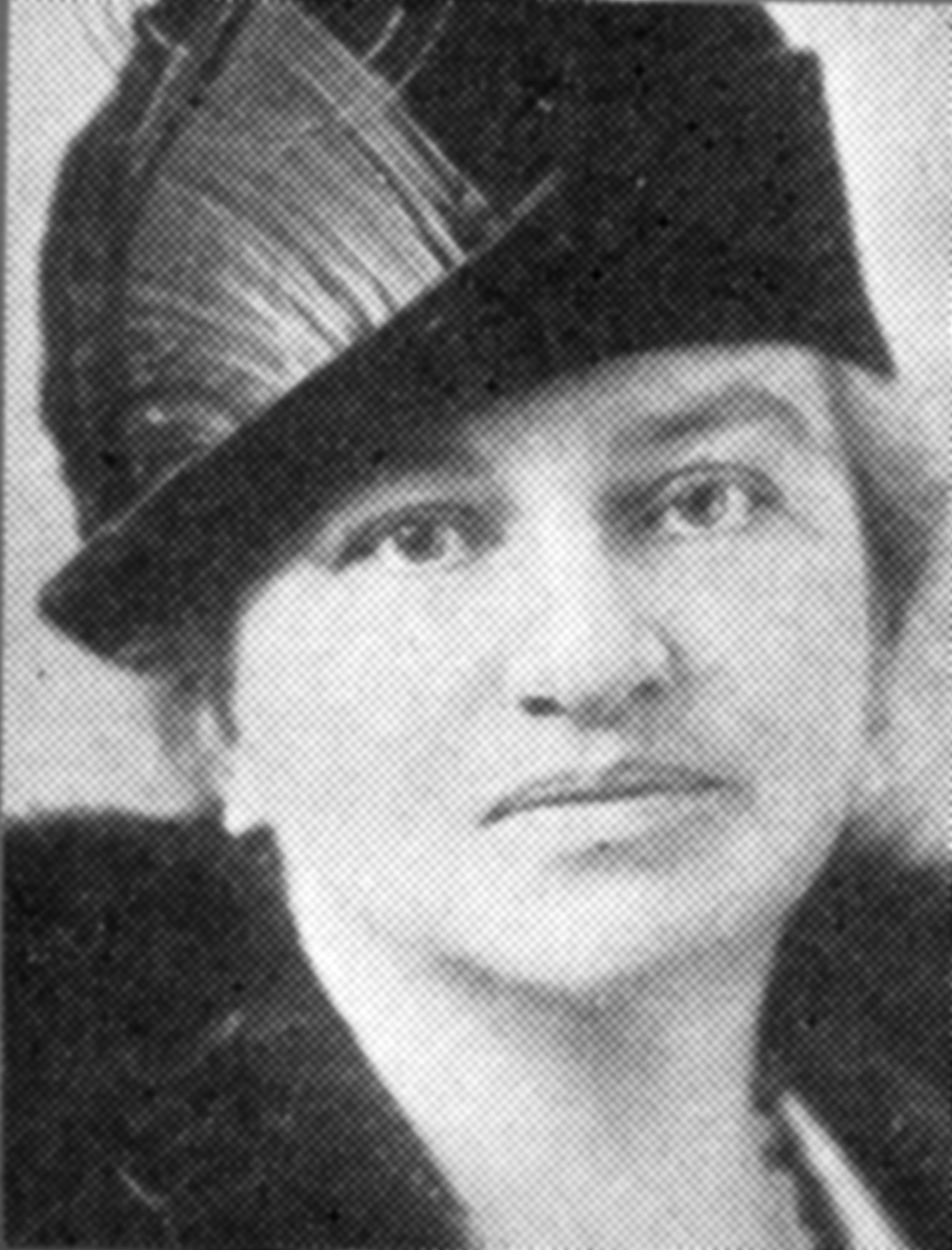
Political Preparation Insecurities
For several decades after suffrage, women continued to emphasize they had prepared for politics differently from men. Men argued for nominations based on paid career experience and party service. Party leaders understood that kind of resume. Journalist William Riordon summed up an attitude frequently expressed by party operatives in a quote attributed to George Washington Plunkitt of Tammany Hall: “politics is as much a regular business as the grocery or dry-goods or the drug business. You’ve got to be trained up to it or you’re sure to fail.”[2] Even reform-minded politicians like Theodore Roosevelt grudgingly admired the effectiveness of the well-organized, though corrupt, Tammany machine.
Women had immersed themselves in voluntary activity, both civic and social, as opposed to experience-building in specific jobs. This was true for the nineteen women legislators I mentioned above, despite the fact that they had more education and professional credentials than most women of their time. You could almost say women developed an inferiority complex about readiness for office, or at least about self-promotion. Many women’s organizations in the 1920s and 1930s thought it necessary to offer annual political schools, partly to educate women in how to use their vote but also to convey more traditional politicking skills to potential women candidates. One long-term effect has been that women wait longer to seek higher office than men, often until their resumes are so overloaded with political experience at the entry level that they cannot be overlooked. Perry recounts that Moskowitz refused public recognition and posts in the Smith administration to avoid seeming to challenge the men. That may have been helpful short term, but Moskowitz found herself frozen out of politics when Smith lost office. In my research I have found that it was not until around 1980 that the majority of women I study became openly comfortable with calling themselves professional politicians.
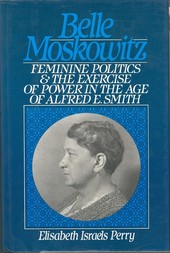
Womanhood Versus Political Career
In the decades after suffrage, there were also gendered ideas about women’s proper roles in society that worked against immediate long-term careers for them in electoral politics. A woman’s marital status, whether she had children, and how old those children were, greatly affected if and when a woman ran for office. These demographics factored into the public’s acceptance of the women as candidates. Political women knew the public expected them to maintain their maternal, womanly image. Moskowitz sat off to the side at meetings, knitting while others talked. Those present knew she was Smith’s most trusted advisor. She cannily presented herself in a way that made her influence acceptable in the male-dominated political world. There were seven New York women elected to the legislature in the 1920s and 1930s, a period comparable to Moskowitz’s time in politics. Two never married, two were widowed at the time they ran, and two were young and unmarried. The young women, Marguerite Smith of Manhattan and Doris Byrne of the Bronx, married and had children only after leaving the legislature. It was not until 1950 when a sitting woman legislator in New York had a child. It would be another thirty-seven years (1987) before that happened again.
The seventh woman was the only one to have a robust, lengthy legislative career. Rhoda Fox Graves came from rural upstate New York. She fit the political sweet spot for a woman in politics at the time: married with her husband’s support and her children grown. If we compare her career with Moskowitz, we do see some difference in the way Graves more openly embraced behaving as a politician with ambition. A veteran of the Assembly since 1924, Graves challenged and forced party leaders to give her a State Senate nomination in 1934. But like many women of her generation, family responsibilities delayed the start of that career until age forty-seven. Still, Graves served twenty-two years in all, fourteen of them in the Senate. Even today’s modern political woman feels the tension between family and political career that Moskowitz illustrated. As I write this, the New York State Senate is currently led by a Black woman, Andrea Stewart-Cousins. She became Senate Majority Leader following a Democratic takeover of the chamber in the 2018 election. Stewart-Cousins did not pursue elective office until 1996 when, at age 45, she won a seat in the Westchester County legislature. She moved to the State Senate at age 56. Widowed since 2007, Stewart-Cousins was already a grandmother before assuming Senate leadership.
Mothering Their Communities Goes Mainstream
While women faced hurdles to success in the male-centric world of electoral politics, I want to end with a more positive legacy. In New York at least, women legislators were instrumental in elevating the importance of constituent service as part of a legislator’s portfolio. Studies nationally show women focus more on that aspect than men do, even today. But the presence of women legislators in New York was especially significant. Beginning in the 1960s, the culture of the State Legislature shifted towards centralization, professionalization and expertise as a counterweight to a powerful governor. In what might be seen as a contradiction, the first district offices to connect with constituents were created at the same time. By then, women legislators had established a tradition of service to the public that gave them some breathing room to resist party leaders’ demands for partisan loyalty. In 1954 Bessie Buchanan became the first Black female elected to the legislature. Over her four terms Buchanan did not get many laws passed. But she advocated for her Harlem constituents, “day and night” as she put it, despite never seeing any of her civil rights bills come to a vote. As Buchanan explained in a 1961 interview. “I’m not one of those who campaigns just at election time. I campaign all during the year.” Prior to that, Rhoda Graves had made her reputation in the late 1930s fighting for small-scale dairy farmers, of which she was one, against the commercialized dairy industry in the state. The powerful dairy industry had enormous influence over agriculture policy. These women stood strong on behalf of marginalized groups because they were part of those communities. They built reputations that threaded the needle between women’s history of reform and current pressure politics.
Finally, while Elisabeth Perry herself was not a politician, she and her fellow scholars operated within the tradition of women as community builders. I met Perry twice in the early 2000s, first in 2006 as a doctoral student presenting at a conference and again in 2007, just after I finished my dissertation on several New York women’s experiences with partisan politics. She graciously invited me to lunch at the 2006 meeting of the Social Science History Association, along with the other members of a roundtable on political women in the Progressive Era. Later, in a separate panel I presented the story of one of my women politicians, Florence Knapp. Hers was a cautionary tale of what NOT to do as a woman in politics. In 1924 Knapp became the first woman elected to a statewide position in New York, Secretary of State. Her fall from grace and conviction for fraud and malfeasance in 1928 was more severe than what the male politicians around her experienced, largely because as a woman she was expected to reform corruption, not succumb to it. Perry came to listen and support me. The next year she chaired a session I organized for the Conference on New York State history on New York’s political women right after suffrage. Women supporting other women was something my female legislators appreciated. In 1936 there were only three women serving across both chambers of the legislature. Two were Republican and the other a Democrat. But they stood together on the floor of the Assembly as it voted on a bill to authorize women’s jury service. Perry wrote about that long fight, where full equal service regardless of gender was only fully achieved in 1975 when the U.S. Supreme Court in Taylor v. Louisiana decided juries without women violated the equal protection clause of the Sixth Amendment to the Constitution. It seems to me that at the time those women gave each other encouragement to continue that campaign, just as Perry and her colleagues supported me and others like me as we grew into scholars.
Dr. Laurie Kozakiewicz
Laurie Kozakiewicz is a Lecturer in History at the University at Albany, State University of New York. She received her PhD from Albany in 2006. Her research focuses on women politicians and political culture in 19th and 20th century America, with special attention New York State politics. Her recently completed history of the women elected to the New York State Legislature 1919-1992 has been accepted for publication by SUNY Press. A portion of that work appeared in the Journal of New York History in 2019.
